Windom Armory
Well-Known Member
Greetings all
Been trolling this site for a while and finally got my first knife forged, and finished. Please don't be gentle on your critiques I'm an 18-year veteran of the Army I can handle anything you bring.View attachment 67347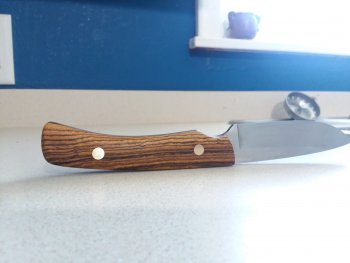
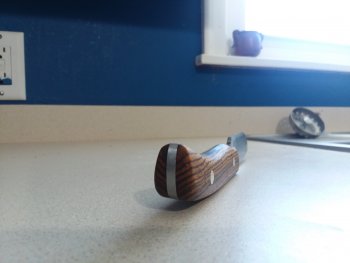
Been trolling this site for a while and finally got my first knife forged, and finished. Please don't be gentle on your critiques I'm an 18-year veteran of the Army I can handle anything you bring.View attachment 67347


Attachments
-
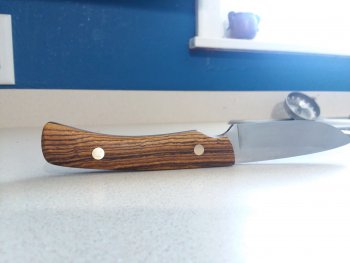 20190130_130411.jpg1.9 MB · Views: 16
20190130_130411.jpg1.9 MB · Views: 16 -
 20190130_130432.jpg1.8 MB · Views: 18
20190130_130432.jpg1.8 MB · Views: 18 -
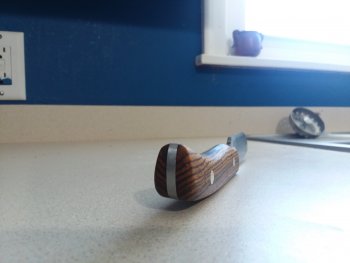 20190130_130422.jpg1.9 MB · Views: 21
20190130_130422.jpg1.9 MB · Views: 21 -
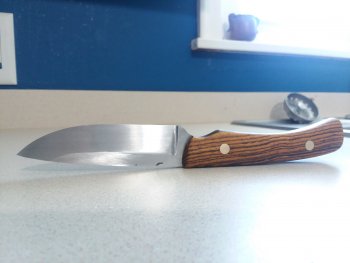 20190130_130316.jpg1.8 MB · Views: 21
20190130_130316.jpg1.8 MB · Views: 21 -
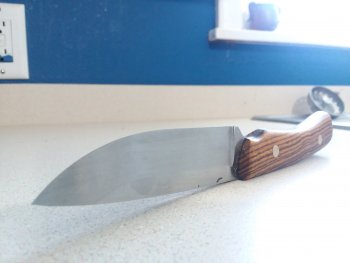 20190130_130339.jpg1.9 MB · Views: 25
20190130_130339.jpg1.9 MB · Views: 25 -
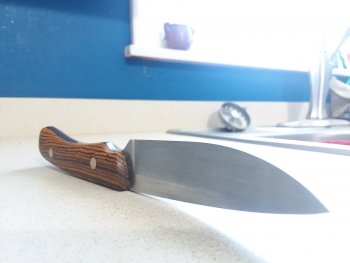 20190130_130357.jpg1.6 MB · Views: 23
20190130_130357.jpg1.6 MB · Views: 23 -
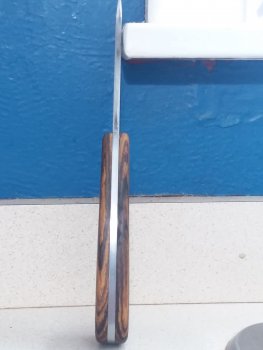 20190130_130524.jpg875.9 KB · Views: 24
20190130_130524.jpg875.9 KB · Views: 24 -
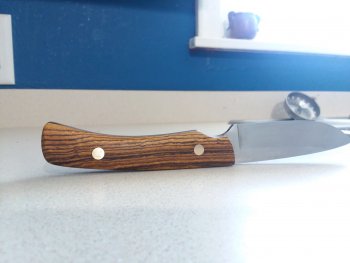 20190130_130411.jpg1.9 MB · Views: 22
20190130_130411.jpg1.9 MB · Views: 22
